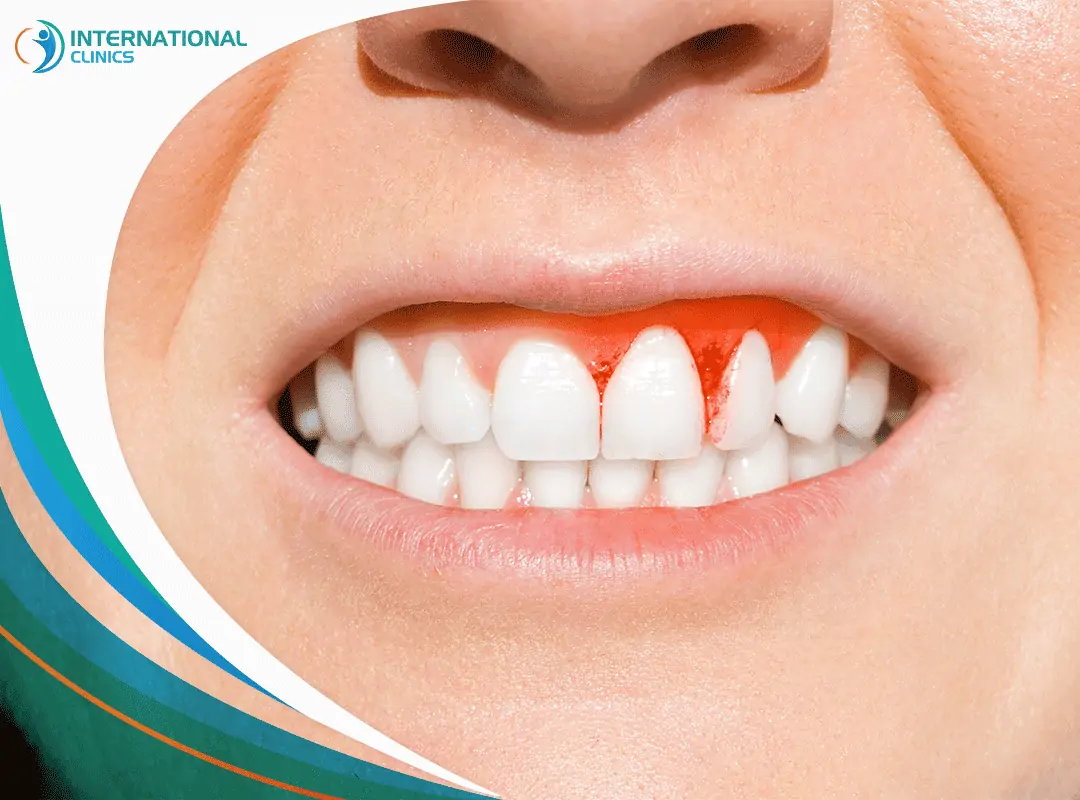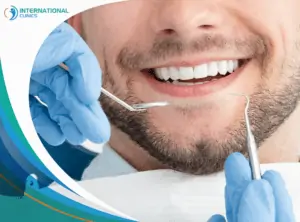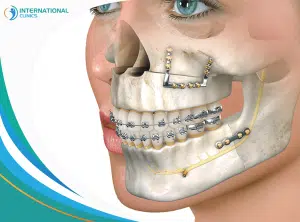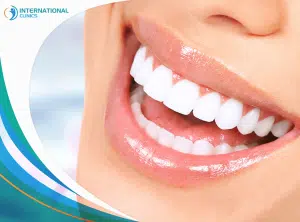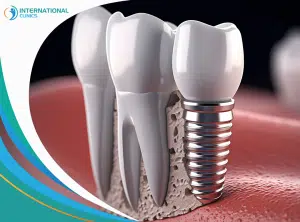Periodontal or gum disease is among the most common dental problems. If what happens before and after gum disease is something that interests you, then keep reading to learn more about the subject.
Gum disease occurs because of neglecting the treatment of gingivitis (inflammation of your gingiva) for too long. People with gum disease often complain of redness and swelling of the gums. Some may suffer from bad breath too.
The disease is like all diseases that we know, meaning that if you pay attention to the symptoms in their early stages and visit a dental specialist, the treatment will be easy and attainable, and you will avoid future complications. On the contrary, it will be difficult to treat and become more severe if you ignore your symptoms for too long, and may need a dental implant in Turkey to compensate for the lost tooth.
Before and After Gum Disease: Symptoms
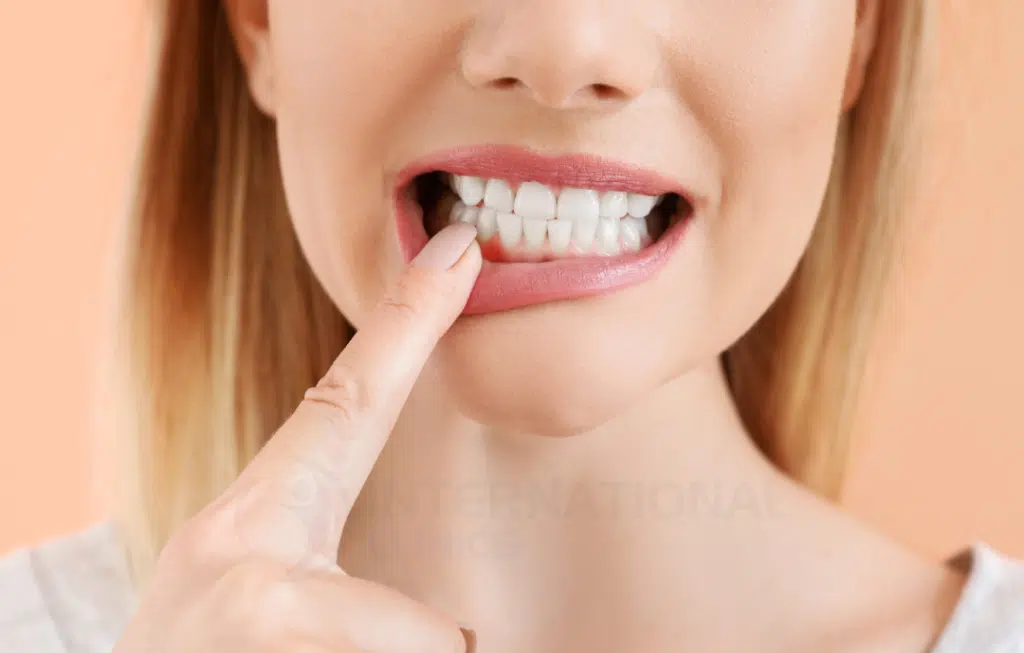
We can track the changes that occur before and after gum disease as follows:
Before Gum Disease
Before developing gum disease, patients usually suffer from gingivitis, which affects the soft tissue of the gums and leads to inflammation.
As bacteria react with sugars and starches, a sticky film or plaque will be formed on the surface of the teeth, leading to gingivitis.
In this stage, the gums become swollen and red, and may also bleed, especially during brushing. Also, you may suffer from bad breath or a metallic taste in your mouth.
After Gum Disease
After developing gum disease, patients usually suffer from periodontitis, in which the gums start to pull away from the tooth, and the bone structures supporting the teeth will be lost.
The result of periodontitis is loose teeth and potential falling. Also, the spaces between teeth will be wider and infection may spread to the bone.
There are several symptoms that indicate gum disease. We can mention them as follows:
- Gum sensitivity: Gum sensitivity is one of the early symptoms that you should pay attention to. This manifests when consuming hot or cold drinks or sugary drinks. The severity varies from person to person, depending on the severity of the condition.
- Gum bleeding: You should not ignore any bleeding that occurs in the gums as this is one of the most prominent symptoms of gum disease. Dentists note that healthy gums don’t bleed unless they are severely injured. In case bleeding occurs while using dental floss or brushing the teeth, this is more likely to be an injury.
- Gum recession: This occurs when the gums move away from one of the teeth or molars in an abnormal shape. The tooth or molar may appear longer, and the level of the gums decreases compared to other areas. This indicates a problem in the gums.
- Foul odor: Some people may notice a foul odor coming from their mouths. The reason for this stems from bacteria that live in the cavity of the teeth or between them.
- Gum swelling: Normal gums are pink and somewhat firm. If you notice that the color of the gums is dark red with swelling. This may be one of the symptoms of gum disease.
Before and After Gum Disease: Pictures
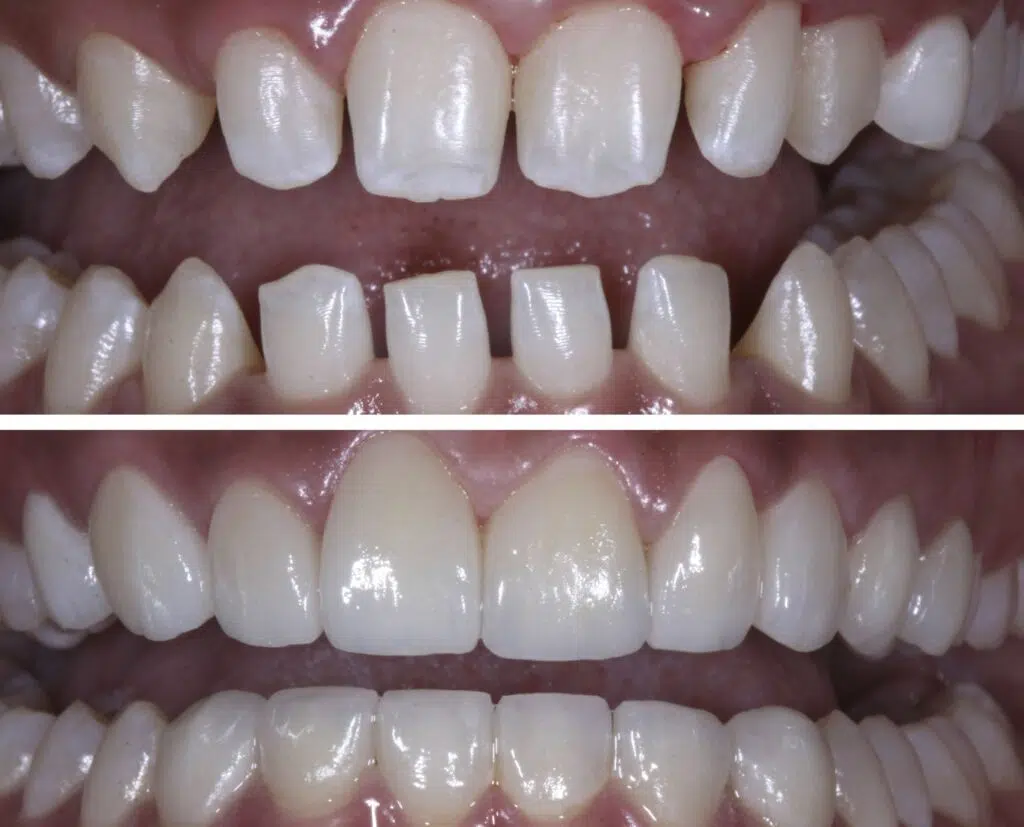
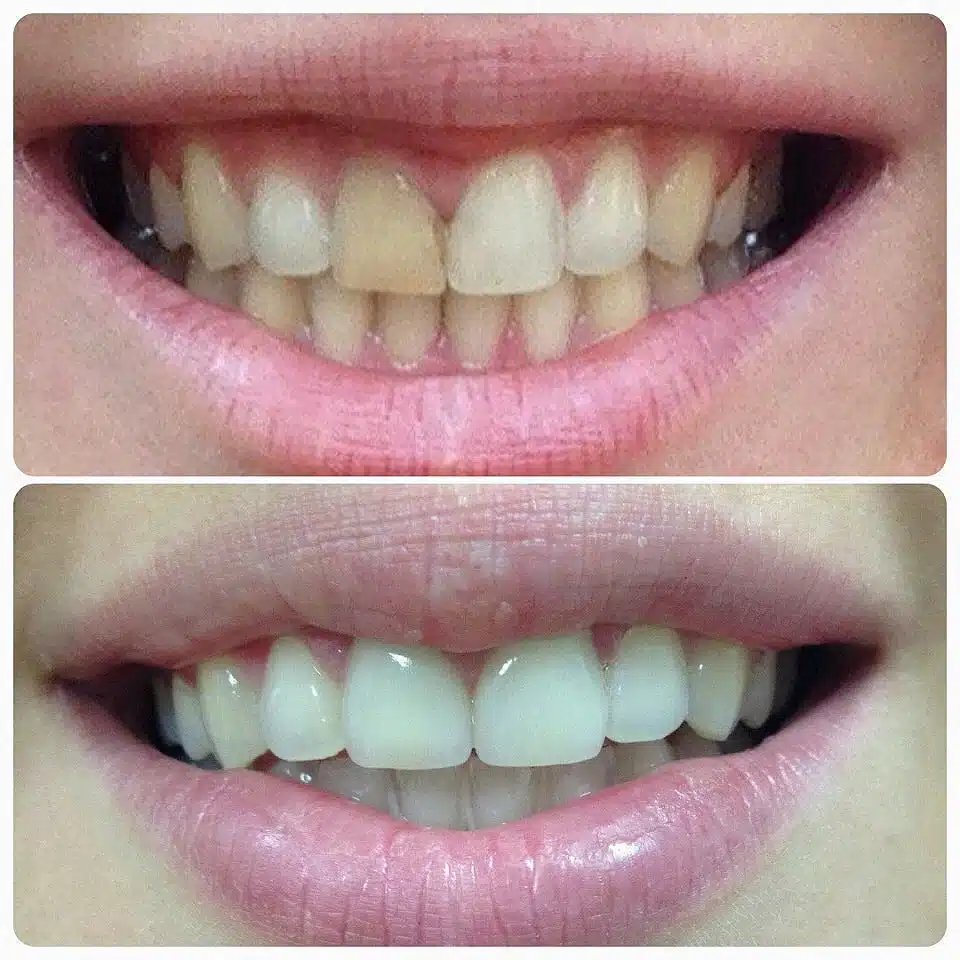
Below you can find gum disease before and after pictures to show the changes that occur on the teeth as the disease progresses:
Causes of Gum Disease
Gum disease occurs as a result of calculus buildup on the gums, which consists of a thin bacterial layer pr plaque. It doesn’t appear to have any negative consequences at first glance. Over time, however, the negligence of cleaning the teeth with toothpaste will cause the plaque to harden and turn into tartar.
At a later stage, bacteria build up under the outer tartar layer and irritation occurs along the gums. Bleeding becomes more frequent in gums, and this often coincides with the presence of tooth decay.
Risk Factors of Gum Disease
By risk factors, we mean a group of factors that can increase the likelihood of developing periodontal or gum disease, such as:
- Smoking: Smoking is one of the main risk factors that lead to periodontal disease. Studies indicate that smoking increases the likelihood of developing the disease by 2- to 3-folds.
- Family history: The possibility of periodontal disease increases in case you have a first-degree relative such as your parents or siblings who already have gum disease.
- Hormonal changes: Women usually face hormonal changes during their menstrual cycle, pregnancy, or when they reach menopause. This increases the risk of gum disease.
- Illnesses and diseases: An individual can develop gum disease as a result of other diseases, such as diabetes, cancer, and AIDS.
- Side effects of medications: There are some types of medications that reinforce the accumulation of bacteria in the mouth due to a lack of saliva. This promotes the formation of abnormal layers on the outer gum surface.
- Other factors: These may include things like obesity, poor oral hygiene, poor nutrition, and crooked teeth.
Diagnosis of Gum Disease
Doctors rely on different methods to diagnose gum disease, such as:
- Dental examination: Dentists usually perform a dental examination to diagnose the condition. They look for any signs that indicate infections or tartar on the gums.
- Radiography: Dental x-rays can be taken to identify infections and tooth decay. This helps decide on proper treatment options.
- Other tests: If there are doubts about the possibility of tumors, your dentist may suggest taking a biopsy and sending it to the laboratory for further investigation.
Treatment of Gum Disease
Different methods and techniques are available to treat gum diseases, including:
- Medications: Doctors use painkillers and antibiotics to alleviate the pain of gum infections.
- Removal of tartar and plaque: Dentists use different methods to scrape the calcareous layer and plaques on the teeth and gums. They can use ultrasound, lasers, or manual tools.
- Dental restoration: Doctors use fillings and dental crowns to maintain a broken tooth and treat tooth decay.
- Dental implants: Implants may become a part of the treatment plan as well. Some implants are made of titanium that can last for long periods of time without causing any downsides.
How to Prevent Periodontal Disease?
You can protect yourself from gum disease by following the next tips:
- Use toothbrush: Doctors emphasize the importance of using a toothbrush twice a day after eating breakfast and before going to bed. This should not be forgotten, especially after eating meals that contain sugar. It is important to deal gently with the gums and tooth enamel during brushing, especially for those who have one of the risk factors associated with gum disease.
- Use mouthwash: There are several types of mouthwash that can eliminate germs and prevent tooth decay and gingivitis. Mouthwash is important for those who have one or more risk factors.
- Use dental floss: Different types of medical or dental floss are available in pharmacies to clean food residues between the teeth and along the gums. dental floss is among the very important things to prevent gum disease as the accumulation of food residues can cause unpleasant odors.
- Other tips: It is important to stay away from smoking and eat healthy meals that include vegetables, fruits, and protein. Try also to stay away from the use of sharp instruments to clean your teeth and avoid psychological stress as much as you can, because some studies have proven the negative effects of stress on the gums’ health.
The Bottom Line
If a symptom of gum disease appears, it is important to visit a dentist. Don’t ignore the matter. The treatment can be easy in the early stages but in case of delay, which many people unfortunately allow, this may lead to an exacerbation of infections and tooth loss over time.
Preventing the symptoms before and after gum disease is also possible by following the right preventive measures or undergoing procedures such as Hollywood Smile in Turkey.
International Clinics employs doctors specializing in the treatment of periodontal diseases. In case you would like to know more information, we are pleased to receive your inquiries at any time. Click on the Contact Us buttons below to reach us immediately.
Frequently Asked Questions (FAQ)
What Does Pre Gum Disease Look Like?
The healthy gum is look pale pink and firm to the touch. The gum should also fit perfectly around teeth.
Is Periodontal Disease Contagious?
Periodontal disease isn’t contagious. However, the bacteria that causes the inflammation is contagious and can spread via saliva from one person to another.
Will I Lose My Teeth If I Have Periodontal Disease?
Periodontal disease can destroy the bone that supports your teeth and increase the possibility of losing the teeth, especially if treatment is delayed.
How Long Can You Live with Periodontal Disease?
The result of periodontal disease in the long term is teeth loss. You can live with periodontal disease, but you’ll be forced to endure frequent, unpleasant symptoms and potential loss of your teeth.
Does Gum Disease Go Away When Teeth Are Removed?
Removing the teeth will not treat or cure your gum disease because the disease is a result of an infection of the gum tissue, not an infection of the teeth.
Which Condition Is the Earliest Stage of Periodontal Disease?
Gingivitis is the earliest stage of periodontal disease and is a reversible condition that doctors can treat using different methods.
What Are the 3 Stages of Periodontal Disease?
The 3 stages of periodontal disease are initial, moderate, and severe periodontal. Some sources, however, divide the stages of periodontal disease into 4 levels: gingivitis, slight periodontal disease, moderate periodontal disease, and advanced periodontal disease.
Read also: Dental implant cost in Turkey
